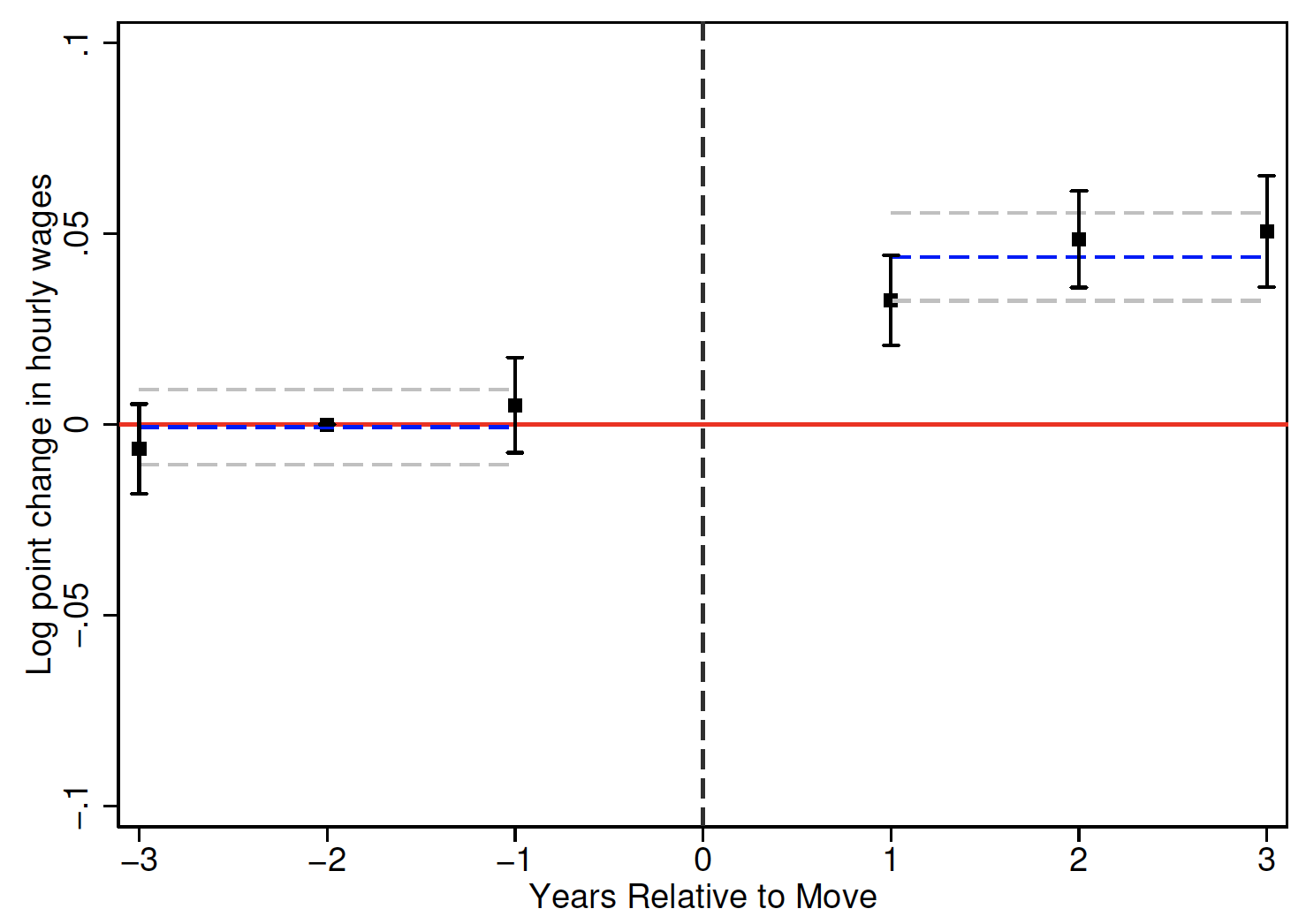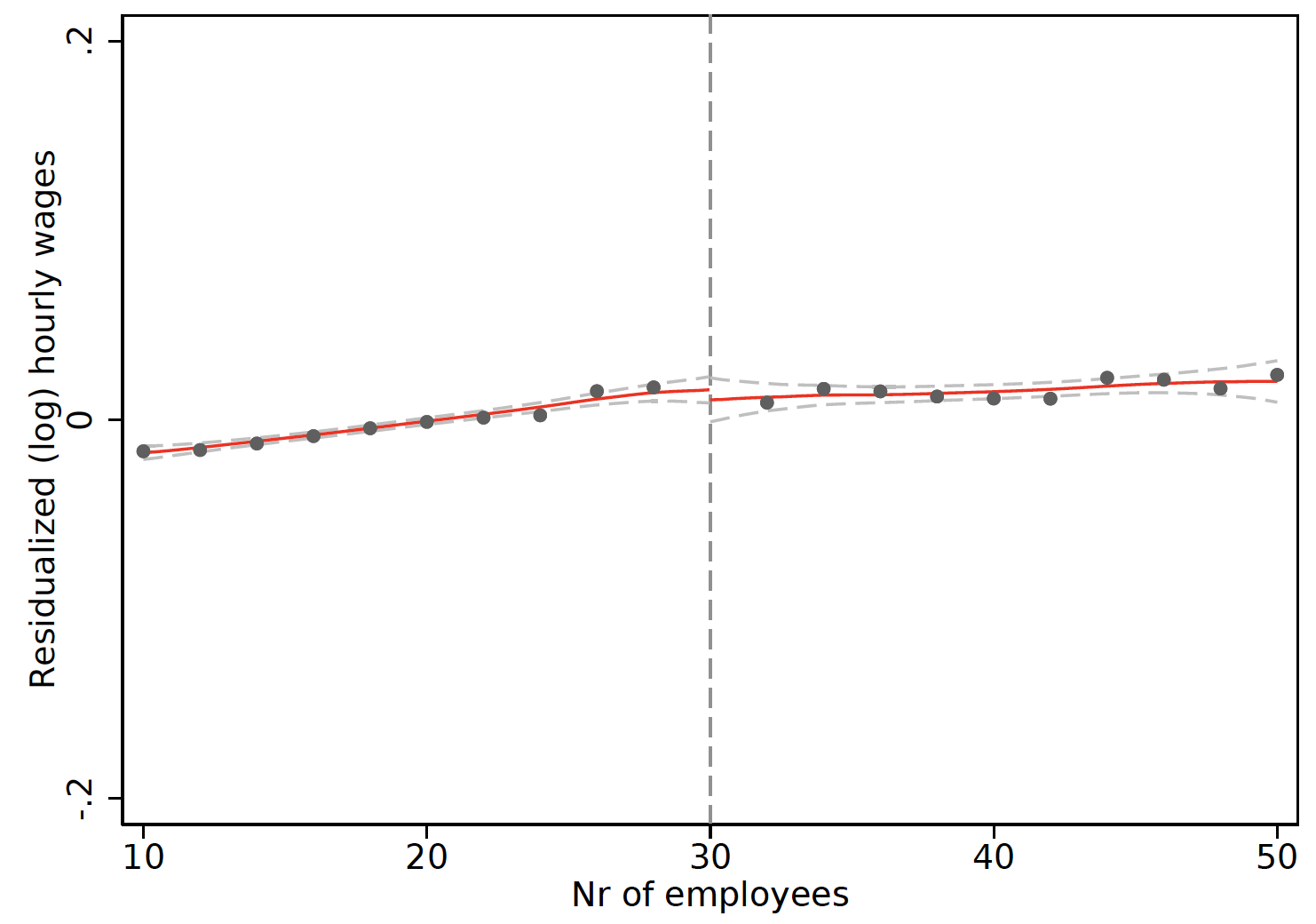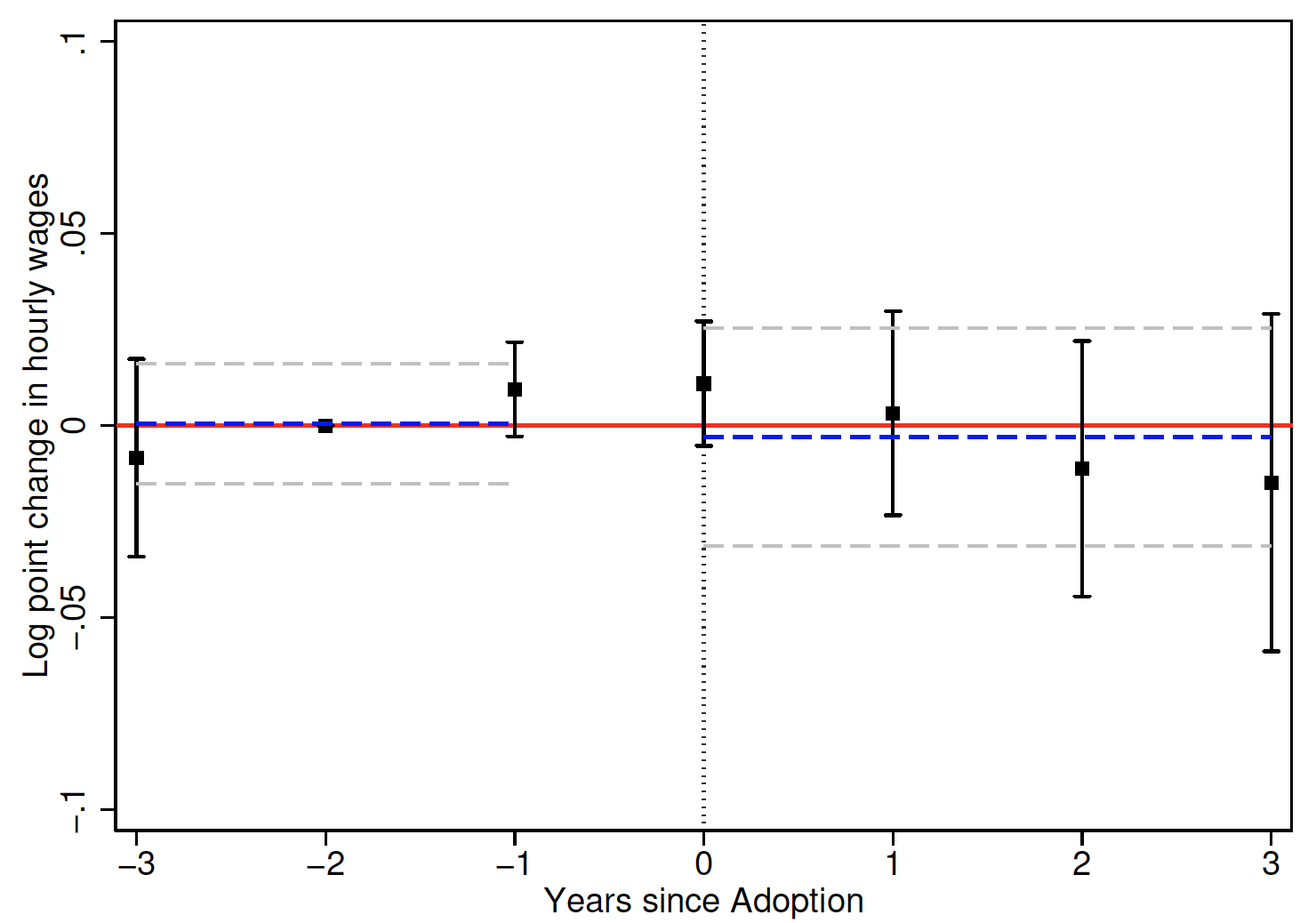Corporations are made up of multiple stakeholders, including workers, managers, and shareholders. The rights and interests of these stakeholders vary markedly across Western market economies. On the one hand, both the US and the UK follow a corporate governance system of shareholder primacy. In it, it is the shareholders – and the shareholders alone – that elect the corporate board, which directly or indirectly manages the corporation on behalf of the shareholders. On the other hand, many European countries follow a shared governance system that grants workers formal authority in corporate decision-making, often in the form of worker representation on corporate boards.
As many economies have seen significant declines in the labour share of income, worker representation on corporate boards has gained popularity as a way to ensure the interests and views of the workers. Recent polls suggest that a majority of American voters want workers to hold seats on corporate boards.
And leading politicians on both sides of the political spectrum in the US and UK are advocating a system of shared governance. Senator Elizabeth Warren proposed a federal bill in 2018 that would give workers in large corporations the right to elect two-fifths of all board members (Yglesias 2018). In the UK, former prime minister Theresa May pledged to have workers represented on corporate boards in her campaign for the 2016 Conservative Party leadership election (Pratley 2016). Yet, there is limited scientific evidence on how such a shared governance system actually affects firms and workers.
There is an emerging empirical literature that tries to understand whether, to what extent, and why employees benefit from worker representation on corporate boards (e.g. Gorton and Schmid 2004, Jäger et al. 2019). In our recent working paper (Blandhol et al. 2020), we study this question in the context of Norway, using a unique matched panel dataset of all workers, firms, and boards covering the period 2004–2014. Using this dataset, we can measure the worker representation of firms and follow the earnings trajectories of workers over time, even if they switch firms.
We find that a worker is paid more and faces less earnings risk if she gets a job in a firm with worker representation on the corporate board. However, these gains in wages and declines in earnings risk are not caused by worker representation per se. Instead, the wage premium and reduced earnings risk reflect that firms with worker representation are likely to be larger and unionised, and that larger and unionised firms tend to both pay a premium and better insure workers against fluctuations in firm performance. Conditional on the firm’s size and unionisation rate, worker representation has little if any effect.
Taken together, these findings suggest that while workers may indeed benefit from being employed in firms with worker representation, they would not benefit from legislation mandating worker representation on corporate boards.
As a starting point in our analysis, we show that workers in firms with worker representation earn more than other workers; however, this raw wage difference could be driven by sorting of high-paid workers into firms with worker representation. To address this concern, we apply research designs that control for unobserved firm and worker heterogeneity to draw causal inferences about the effects of working in a firm with worker representation.
First, we examine whether firms with worker representation pay similar workers systematically higher wages than firms without; that is, whether there exists a worker-representation wage premium. We use a difference-in-differences framework comparing the wage growth of co-workers, where one worker switches to a firm with worker representation and the other to a firm without.
Figure 1a illustrates our first key finding: workers moving into a firm with worker representation experience a 4% increase in wages, compared with their former co-workers moving between firms without representation.
Figure 1 Wage impact of being employed in a firm with worker representation
a) Higher on average
b) Less tied to the performance of the firm
Notes: Panel (a) plots the estimated log point change in hourly wages between the treatment and control group (along with 95% confidence intervals). The treatment group includes workers switching from a firm without representation to a firm with representation, while the comparison group includes workers switching between two firms without representation. The sample used is the movers sample as defined in Section 2.2 of Blandhol et al. 2020. Panel (b) plots differences in residualised (log) hourly wages between treatment and control group workers in the years surrounding a shock to the performance of firms in the treatment group. The treatment (control) group consists of workers in firms with above (below) median growth in residualised log value added from year -1 to year zero. Treatment and control groups are defined separately for workers in firms with and without worker representation, and the sample used is the stayers sample as defined in Section 2.2 of Blandhol et al. 2020.
Not only do workers in firms with worker representation earn more on average but they are also better protected from fluctuations in firm performance. Controlling for time-invariant worker and firm heterogeneity, we estimate a significantly lower pass-through of idiosyncratic firm shocks to incumbent workers’ wages in firms with representation.
Figure 1b illustrates this finding: in response to a 10% fall in the value added (revenue net of cost of materials) of the firm, the wages of workers decrease by 0.9% in firms without representation, while the wages of workers in firms with worker representation only decrease by 0.2%.
Still, these effects cannot be used to draw conclusions about the effects of a policy mandating worker representation. Worker representation is not randomly allocated to corporate boards, but likely driven by factors that might also affect pay. As a consequence, firms with worker representation are very different from firms without.
To shed light on the likely effects of a policy mandating worker representation, we first make use of a law which gives different rights to representation to workers in otherwise similar firms in a regression discontinuity design. In Norway, workers can demand worker representation on the corporate board if the firm has more than 30 employees. If introducing worker representation on a given board increased wages, we would expect to see a discontinuous increase in wages when firms become eligible by law.
However, Figure 2a shows that there is no such discontinuity: workers in firms that are only just eligible, with between 30 and 40 employees, do not earn significantly more than workers in firms that are barely ineligible, with between 20 and 30 employees. These findings are not likely to be driven by the sorting of firms or workers; in our analysis, we show that both the density of workers and the distribution of pre-determined characteristics are smooth around the cut-off.
To complement the regression discontinuity results, we exploit differences in the timing of adopting worker representation in an event study analysis. The exact timing of adopting worker representation is plausibly unrelated to other factors determining how much workers are paid. Any differential change in wages for workers in firms which adopt worker representation in different years can therefore be attributed to the workers being represented on the corporate board.
However, in Figure 2b we find no evidence of a significant change in incumbent workers’ compensation in the years following adoption, relative to the control group comprised of workers in firms adopting worker representation later in the sample period.
Figure 2 Effects of adopting worker representation on wages
a) Rights to representation leave pay unchanged
b) No increase in pay after adopting representation
Notes: Panel (a) plots the mean residualised log hourly wages for workers in each firm size bin. The dependent variable is residualised with respect to a full set of year, region, and industry fixed effects, and indicators for whether the firm is part of a corporate group and for whether the board represents the entire corporate group. The dashed vertical lines denote the regulation’s firm-size cut-off of 30 employees. The sample used is the RD sample described in Section 2.2 of Blandhol et al. 2020. Standard errors are based on bias-corrected local polynomials and clustered at the firm-level. Panel (b) plots the estimated effect of adoption on (log) hourly wages of incumbent workers. Vertical lines represent 95% confidence intervals constructed using standard errors clustered at the firm-level. The sample used is the adoption sample as defined in Section 2.2 of Blandhol et al. 2020.
Our findings suggest that even though employees do benefit from working in a firm with worker representation, these gains are not driven by worker representation per se, but rather by other factors. Firms with worker representation stand out as considerably larger and more unionised than firms without representation. The wage gains and improved protection from fluctuations in firm performance associated with working in a firm with worker representation can be entirely explained by these two key differences between firms with and without representation: firm size and the share of unionised workers.
A natural question is whether these findings are specific to the Norwegian setting or can be generalised more broadly. To shed light on this difficult question, it is useful to compare our findings to those reported in previous work from the German setting (e.g. Gorton and Schmid 2004, Jäger et al. 2019).
Germany has a two-tiered board system, with both a supervisory board and an executive board. Norway, on the other hand, has the same system as in the US, the UK, and several other European countries, with a single-tiered board of directors. Worker representatives on the executive boards of Norwegian corporations are likely to be more directly involved in day-to-day operations than those on the supervisory boards of German corporations.
Despite the differences in institutions, however, our findings are broadly consistent with the results from the German setting. This indicates that the conclusion about the absence of wage impacts of worker representation may indeed generalise across shared governance systems that differ markedly in the degree to which workers are given authority in the corporate decision-making.
Our paper highlights that where you work matters for how much you make. Workers may indeed benefit from being employed in firms with worker representation. However, our findings suggest that they would likely not benefit from legislation mandating worker representation on corporate boards.
References
Blandhol, Christine, Magne Mogstad, Peter Nilsson and Ola L Vestad (2020), “Do employees benefit from worker representation on corporate boards?”, NBER Working Paper w28269.
Gorton, Gary, and Frank A Schmid (2004), “Capital, labor, and the firm: A study of German codetermination”, Journal of the European Economic Association 2(5): 863–905.
Jäger, Simon, Benjamin Schoefer and Jörg Heining (2019), “Labor in the boardroom”, NBER Working Paper w26519.
Matthews, Dylan (2018), “Workers don’t have much say in corporations. Why not give them seats on the board?”, www.Vox.com, 6 April.
Pratley, Nils (2016), “Theresa May’s plan to put workers in boardrooms is extraordinary”, The Guardian, 11 July.
Yglesias, Matthew (2018), “Elizabeth Warren has a plan to save capitalism”, www.Vox.com, 15 August.










